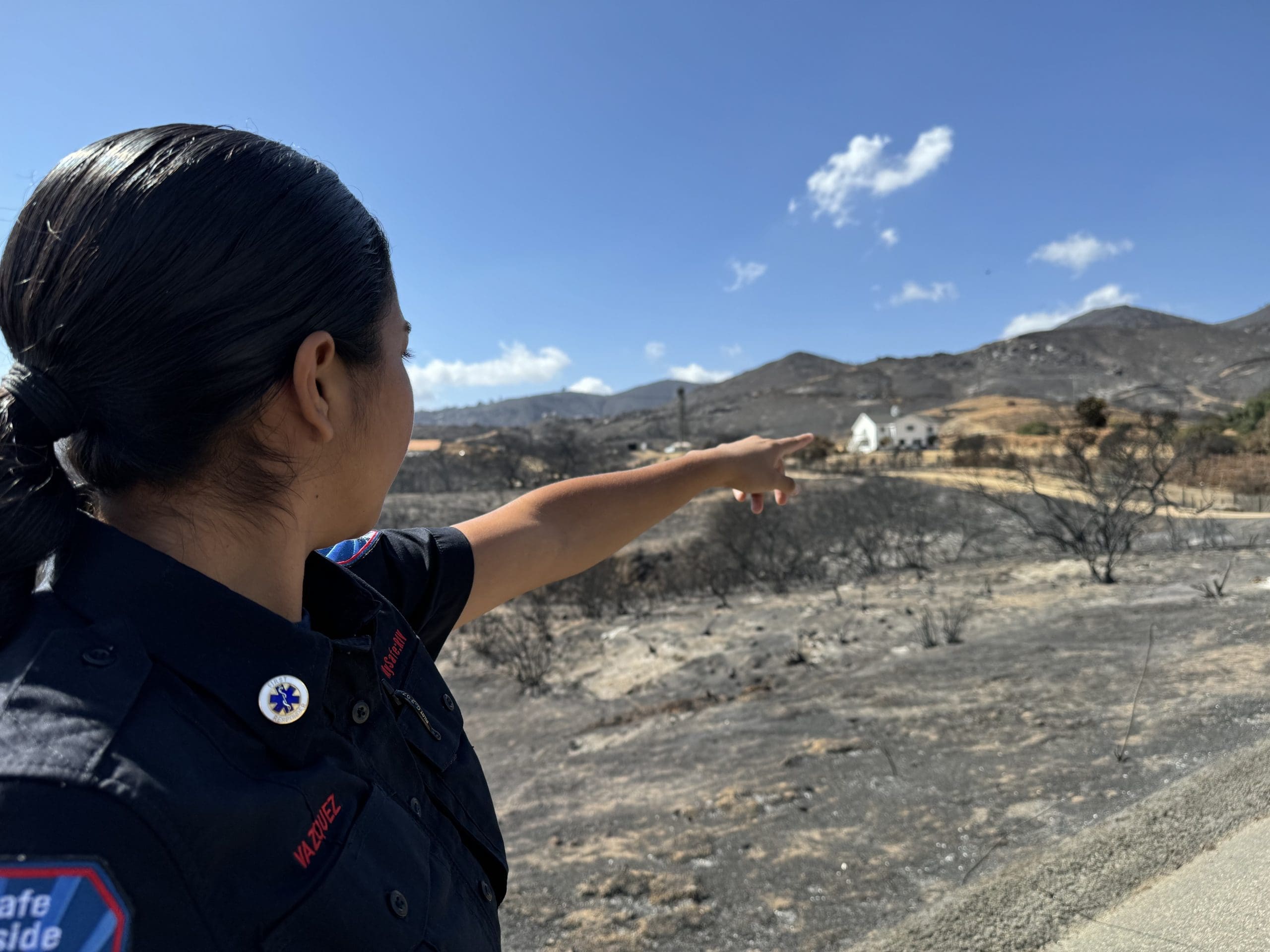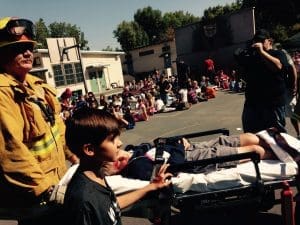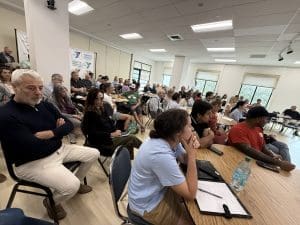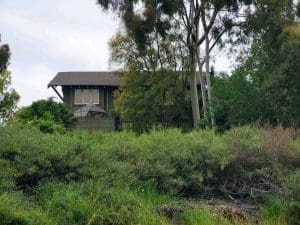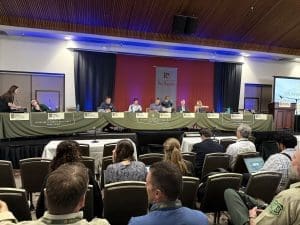As the last embers of the Airport Fire are extinguished, the affected communities are grappling with questions about accountability, fire propagation, and the potential for future incidents. For those residing in the Wildland Urban Interface (WUI), commonly known as the WUI (Woo-eee), the looming threat of wildfires is ever-present, particularly when dry conditions, gusty winds, and proximity to wildland fuel converge.
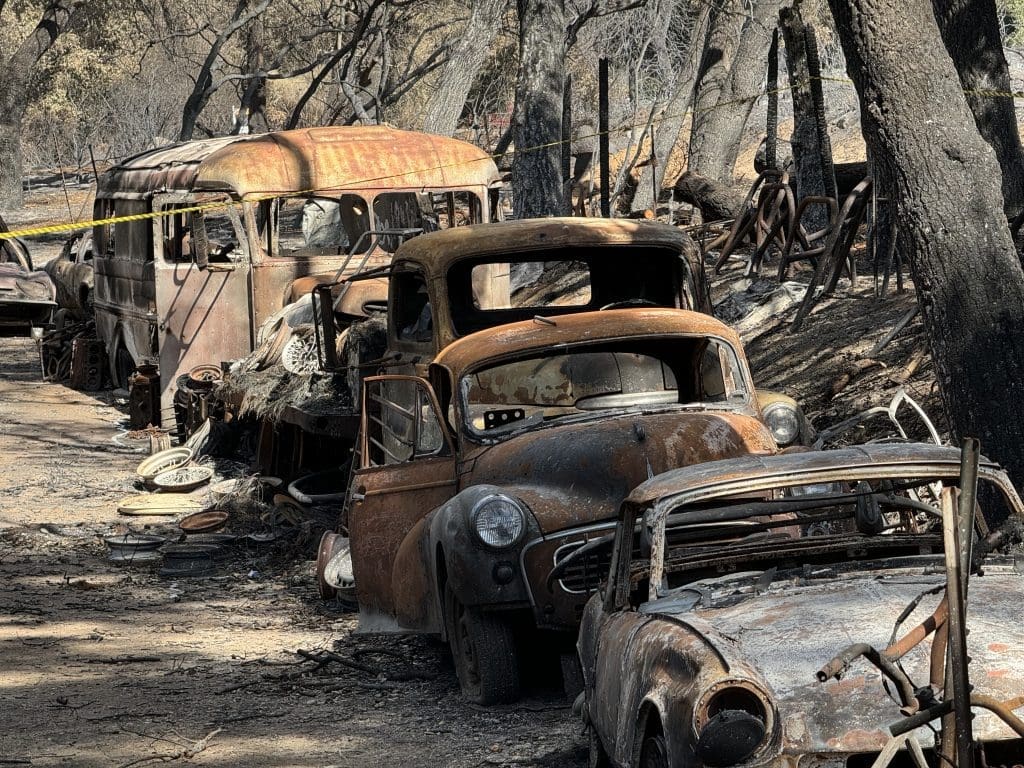
The Airport Fire erupted in Trabuco Canyon on September 9 due to an inadvertent ignition caused by a public works crew from Orange County. The crew was using heavy equipment to position large boulders on Trabuco Creek Road, aiming to block off a section of the canyon filled with dry brush to mitigate the high fire danger, particularly for motorcyclists. While doing this task, the crew noticed smoke from their vehicle’s loader basket. Despite their swift action in calling 911 and attempting to extinguish the flames, their efforts were futile. The Orange County Fire Authority officially determined the cause of the fire to be “unintentional.”
The Airport Fire necessitated the issuance of mandatory evacuation orders in several Southern California communities, notably in Lake Elsinore and along Ortega Highway, resulting in significant structural damage and destruction. Concurrently, the Line Fire in San Bernardino County and the Bridge Fire in Los Angeles County further strained firefighting resources, engendering a hazy, unhealthy atmosphere permeating Las Vegas. In response to the escalating infernos, California governor Gavin Newsom declared a state of emergency.
Following the conflagration, our Riverside division, MySafe:Riverside, meticulously evaluated the devastation wrought by the fire. Their assessment revealed the stark disparity in outcomes, with homes featuring resilient, fire-resistant construction and defensible space along Highway 74 leading into Lake Elsinore remaining unscathed, juxtaposed with neighboring structures that succumbed to the flames due to the absence of such protective measures. It was evident that meticulous positioning and safeguarding of manmade materials, such as structures and vehicles, played a pivotal role in determining the extent of the destruction.
In the fire’s aftermath, access to the burn zone remained perilous, hampering damage assessment efforts in the initial days. As of September 15, 2024, Cal Fire has reported 152 structures destroyed, with an additional 31 sustaining damage. Overall, more than 23,000 acres were charred.
Cal Fire has reported that two civilians and 12 firefighters sustained minor injuries, most of which were heat-related. Fortunately, no deaths were reported. However, on the evening of September 19, eight firefighters from OCFA’s Santiago Handcrew were injured in a rollover crash on State Route 241 in Irvine. This occurred while they were returning from a 12-hour shift. The crew carrier truck’s driver swerved to avoid a ladder on the road, causing the vehicle to hit a guardrail and flip over. According to an initial press report, two crew members were treated for minor injuries and released, while six others sustained severe injuries, with conditions ranging from “stable to critical.” These firefighters not only deserve our thanks but also our support as they recover from substantial injuries. You can help by visiting the GoFundMe page and donating: https://www.gofundme.com/f/SupportOCFAHandcrew.

